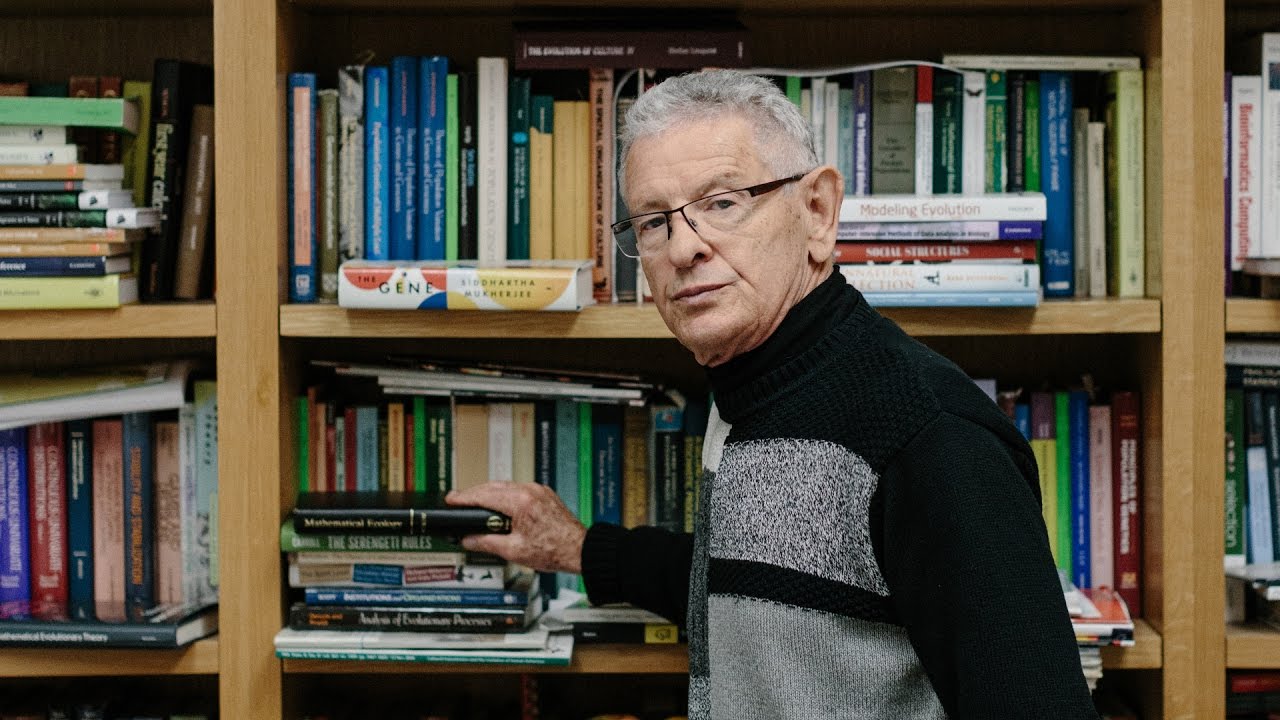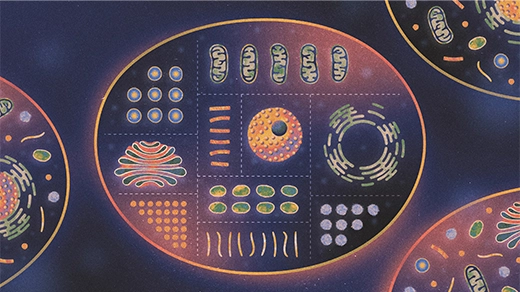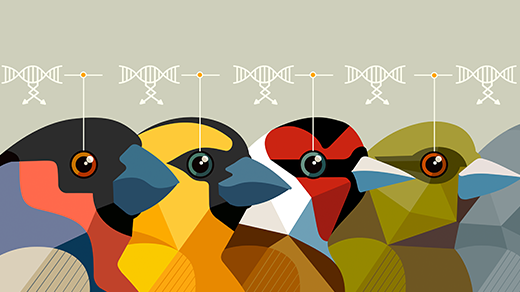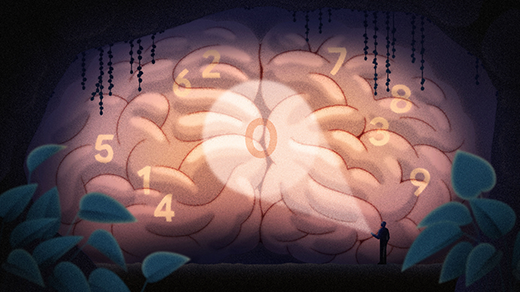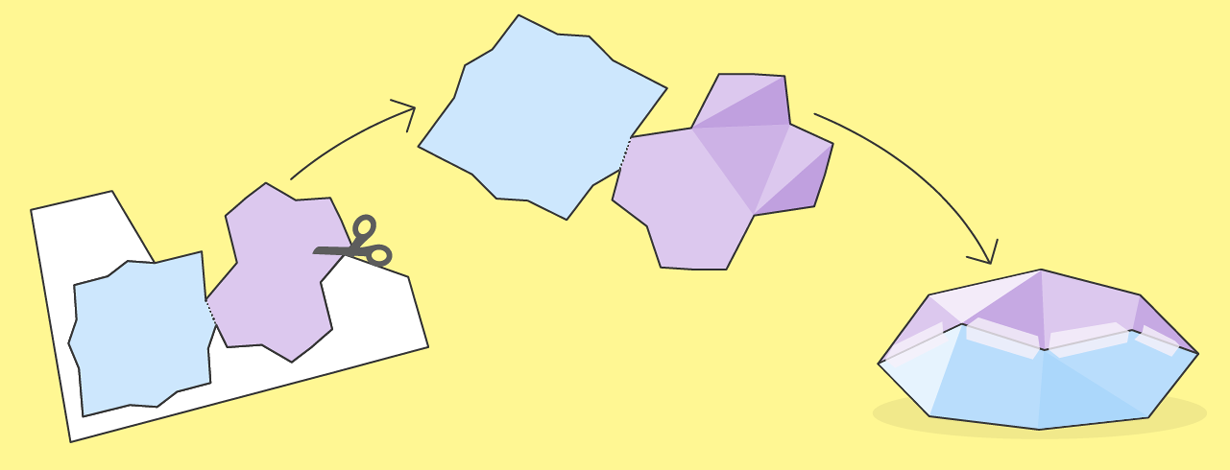Finding the Actions That Alter Evolution
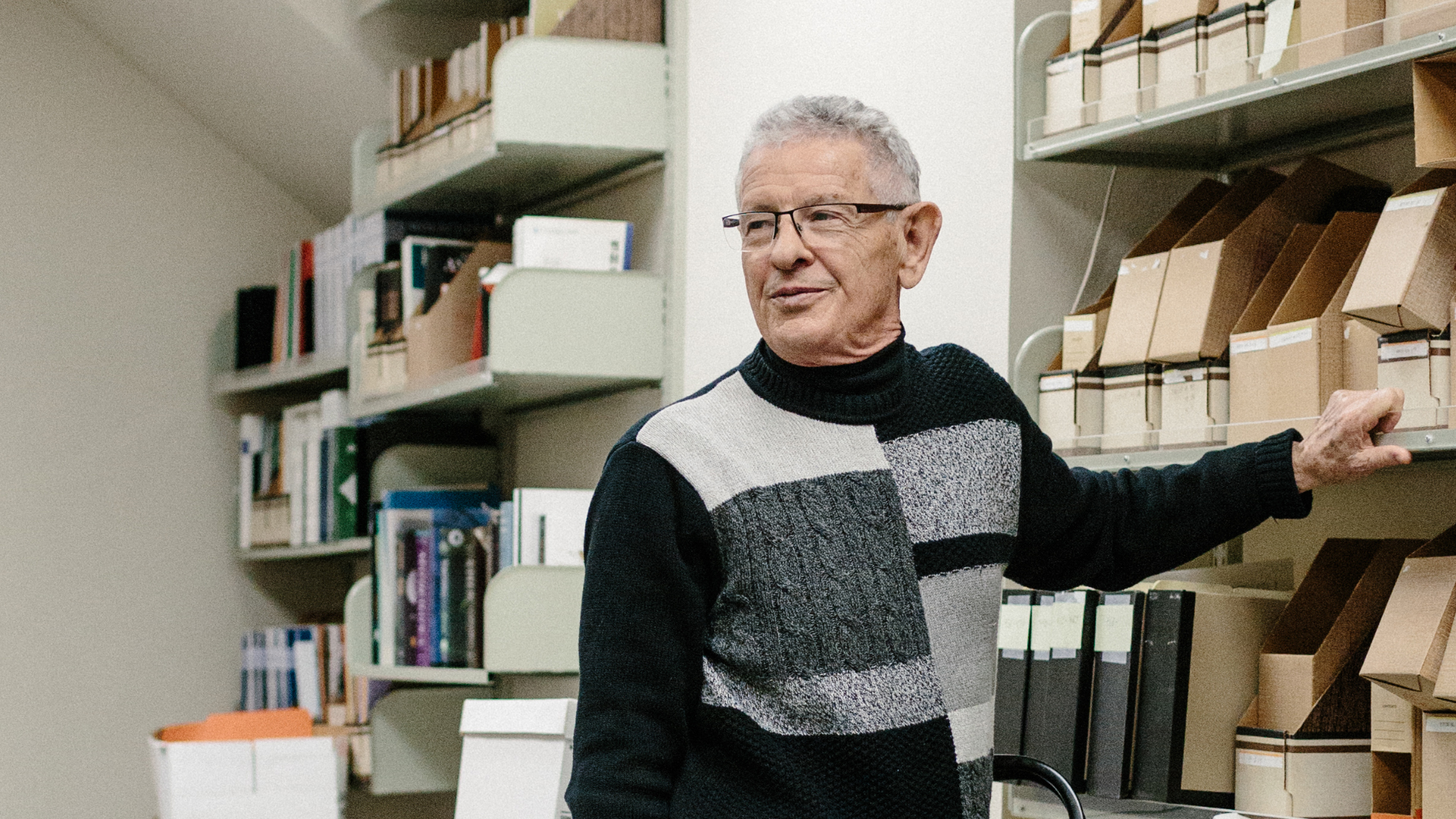
Jason Henry for Quanta Magazine
Introduction
Marcus Feldman never planned to end up on the front lines of evolutionary biology. “I always wanted to do mathematics, as much as I could,” he said. “There was a little bit of time when I flirted with the idea of being a psychiatrist.”
More than anything else, Feldman is a polymath. His desk at Stanford University, where he has been a professor for 46 years, is tiled with stacks upon stacks of journal articles, most teetering above coffee-cup height. Each stack is dedicated to a topic somehow related to his work in evolutionary theory: the origins of behavioral disorders, the epidemiology of tuberculosis, the way modern humans overrode Neanderthals.
Feldman’s openness to unexpected lines of thinking has allowed him to carve out a contrarian niche in a field where established ideas typically rule the day. Along with a group of similarly unorthodox colleagues, Feldman has developed a proposal called the extended evolutionary synthesis (EES). The EES argues that while the existing framework of evolutionary theory, known as the “modern synthesis,” is basically solid, it needs to be expanded to account for newly recognized drivers of evolution. One such driver is epigenetics — gene-expression changes that stem from exposure to, say, pesticides. While these epigenetic changes are not encoded in an organism’s genes, they do give rise to physical and behavioral differences that natural selection can act upon.
The EES also stresses the importance of culture and behavior in evolution. When prairie dogs construct burrows, for instance, selection pressures may begin to favor behaviors like burrow guarding to keep predators out. And both humans and animals direct their evolution through the social and cultural environments they construct for themselves — a phenomenon Feldman thinks is not well reflected in the modern synthesis.
Quanta Magazine spoke with Feldman at Stanford about how mathematical models can illuminate evolution, his contributions to the extended evolutionary synthesis, and his role in redressing China’s sex-ratio imbalance. An edited and condensed version of the conversation follows.
QUANTA MAGAZINE: When you were a young man in Australia, would you ever have pictured your career unfolding the way it has?
MARCUS FELDMAN: No! I went to work in Melbourne when IBM opened its offices. I didn’t like working for IBM, so I tried to do a master’s degree in mathematics and statistics at Monash University, which of course involved an enormous cut in pay. I was lucky that my adviser had just come back from America. He introduced me to using mathematics on genetics problems. I had never done a biology course in my life, but I started to work on this class of problems.
The first two years of my Ph.D. at Stanford, I still hadn’t done any biology. But I got so interested in some of the problems I was working on that I decided I’d better take some courses. I became immersed in the application of mathematics to genetics questions. From then on, it was just trying to formalize in mathematical terms the kinds of questions that biologists would ask.
You joined Stanford’s biology department as a faculty member in 1971. What happened after that?
Very soon after my arrival, I met a famous geneticist, Luigi Luca Cavalli-Sforza. He is what I call the consummate Renaissance man. He was interested in the statistics of human genetic and cultural variation — why different people in different parts of the world behave differently, have different rules in their societies and were genetically different from one another. He and I immediately hit it off.
The first thing we did was develop mathematical models to describe cultural differences. What would happen to the old style of genetic evolution if there were also cultural factors that influenced what was happening to the genes in the populations? For example, IQ — if there happened to be genetic contributions to IQ, but also culturally determined contributions to IQ, how would you combine the two of them in a dynamic system?
How do these models reveal how evolution takes place?
One of the nice things about models is you can ask what conditions have to change to make the results change. As Murray Gell-Mann says, models are prostheses for the imagination. They help you think about ways in which you might interpret data, even complicated data.
If you think about use of milk, dairy in itself is culturally transmitted. But there’s a gene called the lactase persistence gene, which allows some people to digest milk. Suppose that people who drink milk get enough extra protein that they can survive better. If those same people are learning from somebody to use cows for the purpose of getting milk, any gene which allows you to drink more milk without getting sick is going to have an advantage in the situation where cows are used for milking.
If the cows weren’t there, that gene wouldn’t have any advantage at all. Using the cows for milk production is not part of your genetics; it’s part of your culture. The spread of that culture had the effect of spreading the lactase persistence gene.
Other cultural things have huge effects on other organisms, not just on us. I’m thinking of the period when everybody was using antibiotics — you took the kid to the doctor, you had a sore throat, you would get an antibiotic. We humans have had a huge effect on the growth of antibiotic resistance. It’s a straightforward predictable consequence of evolution. If there are resistant genes there, they’ll succeed.
Did culture alter humans’ evolutionary course in the distant past, too?
We can construct a model for the movement of modern humans out of Africa into Eurasia and the competition that they’re going to have with the Neanderthals who were already there. We formulated it like a diffusion. You have these people diffusing across the continent, and within the population is a level of culture that could be more advanced than that of the residents. The question we came up with is: Could a smaller population with a lot of culture overcome a bigger population that didn’t have very much culture?
We found that a smaller number of people could invade a population that’s quite a lot bigger if they had a sufficiently developed culture. The way in which the populations grew depended on the level of culture. That group that had the most culture — the modern humans — would be the winner.
In your view, what are some of the shortcomings of the classical model of evolution — the so-called “modern synthesis”?
The modern synthesis developed in the 1930s and 1940s and basically had finished by the 1950s. At that time, little was known about the molecular biology of development — how what’s going on in the development process itself influences what can happen to the evolutionary trajectory of cells and organisms. Although some of its originators were interested in behavior, many were steeped in the eugenics tradition. They would have thought that the majority of behaviors were determined by genes. The inclusion of other forms of inheritance totally changes evolutionary dynamics.
What was your involvement in the early stages of the EES?
My colleagues and I started to build the first quantitative models for “niche construction,” which is an idea that had been around, but peripherally, from writings of the evolutionary biologist Richard Lewontin. What Lewontin had proposed was that individuals don’t only react to their environments, they actually contribute to making them. Rather than solving problems, they construct the environment, which they then have to exist in, and their offspring have to exist in the environment that they changed. Humans do it all the time, but other organisms do it too. The classic example is dams made by beavers; it changes the environment for everything around. You have beavers having offspring that are going to live in the dams their parents and grandparents built. It can affect the behavior of the subsequent generations.
And some of those environmental changes might affect which traits confer fitness, then?
Yes, exactly. After we had written a book on niche construction, I started to think about how the cultural evolution work and the niche construction work would interact. When you’re a scientist and you work on a lot of different things, you can’t separate them — the thoughts cross over. It made it natural to think this was an extension of the evolutionary synthesis.
In a commentary in Nature, you and your co-authors wrote, “We hold that organisms are constructed in development, not simply ‘programmed’ to develop by genes.” What does “constructed in development” mean?
It means there’s an interaction between the subject and the environment. The idea of a genetic blueprint is not tenable in light of all that is now known about how all sorts of environmental contingencies affect traits. For many animals it’s like that. Even plants — the same plant that is genetically identical, if you put it in this environment, it’s going to look totally different from if you put it in that environment.
We now have a better picture of the regulatory process on genes. Epigenetics changes the landscape in genetics because it’s not only the pure DNA sequence which influences what’s going on at the level of proteins and enzymes. There’s this whole other stuff, the other 95 percent of the genome, that acts like rheostats — you slide this thing up and down, you get more or less of this protein. It’s a critical thing in how much of this protein is going to be made. It’s interesting to think about the way in which cultural phenomena, which we used to think were things by themselves, can have this effect on how much messenger RNA is made, and therefore on many aspects of gene regulation.
How can these epigenetic changes affect the traits that natural selection can act on — and therefore the future course of evolution?
We’ve just submitted a paper on epigenetic contributions to longevity in hunter-gatherers. There is increasing evidence of important associations between the level of methylation [which affects how strongly your genes are expressed] and features of your environment such as diet, stress and poverty.
If those things are culturally transmitted, those effects on evolution are going to be longer term. Simple notions of the ways in which traits are formed are going to be thrown out the window.
The EES has gotten pushback from many biologists who think that things like cultural evolution and niche construction are already accounted for in evolutionary theory, and that therefore the EES is unnecessary. How do you respond?
I don’t think they are accounted for. You can’t predict, using old theory, what the influence of these newly important phenomena are likely to be on evolution. They don’t fit the framework of all the models that were used to make those original predictions.
People who make models like I do for a living don’t actually believe they’re describing reality. We aren’t saying that our model is more probable than another model; we’re saying it exposes what is possible. The EES includes more of these phenomena, that now we have a better handle on biologically, in thinking about evolution.
You’ve been looking into the imbalance in the sex ratio in China and the potential long-term consequences that imbalance could have. How has your background in evolution and modeling informed that research?
The first paper we wrote on that was really about genetics. The idea was to use the standard idea of sex determined by sex chromosomes — XX for female and XY for males — and to ask what would happen if culture affected the different numbers of each being produced. One of my colleagues in China saw this stuff. He said, “Let’s talk about son preference in the sex ratio.” So we started to make models for a cultural preference for sons, a preference that could be learned and hence transmitted. We made models where a given couple would decide they would prefer to have sons, and they would pass on that preference to their children.
What we were able to do was to make a projection of what would happen in China if they continued on this path. We really were able to get a lot of stuff published, some things that might have influenced government policy. The government finally woke up and saw that not only was it having a bad effect on females, but it was going to affect the economy because the number of marriages was going down. You have these 30, 40 million men who can’t find wives and the long-term outlook for the labor market and social security was not promising.
How do you think the EES will change the direction of biology research?
I think it’s a bit hard to tell yet. We still have — I’m going to put on my mathematical hat — very few models for how development and evolution interact. They’re based in models from the 1920s. That needs to change, in my view. We have very few models that integrate gene regulation and genic evolution; they’re really quite limited in scope.
I’m always excited about the subject getting more complex. It means there’s more and more room for the people who are well-trained quantitatively. It’s a bit selfish, but there you are.
This article was reprinted on ScientificAmerican.com.
